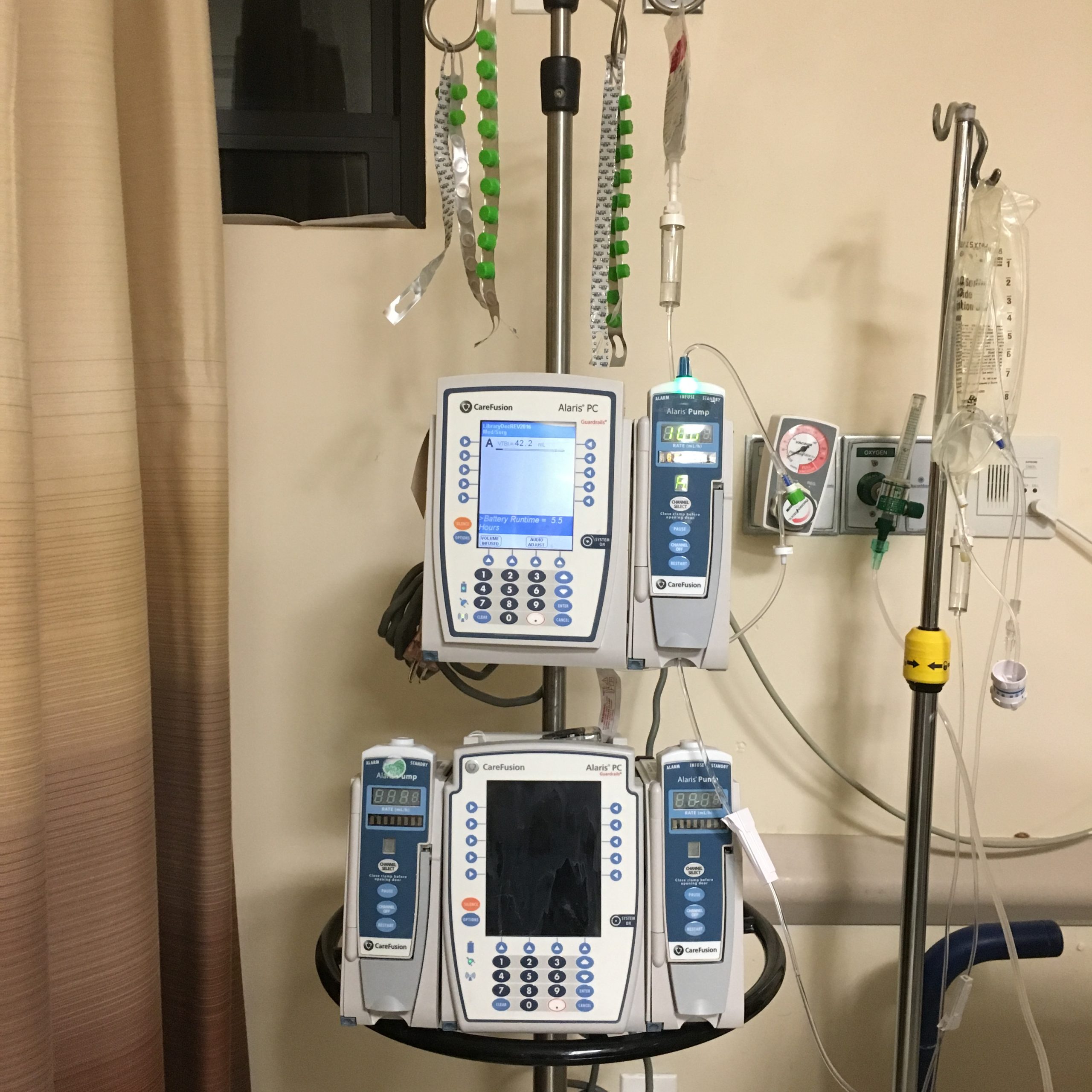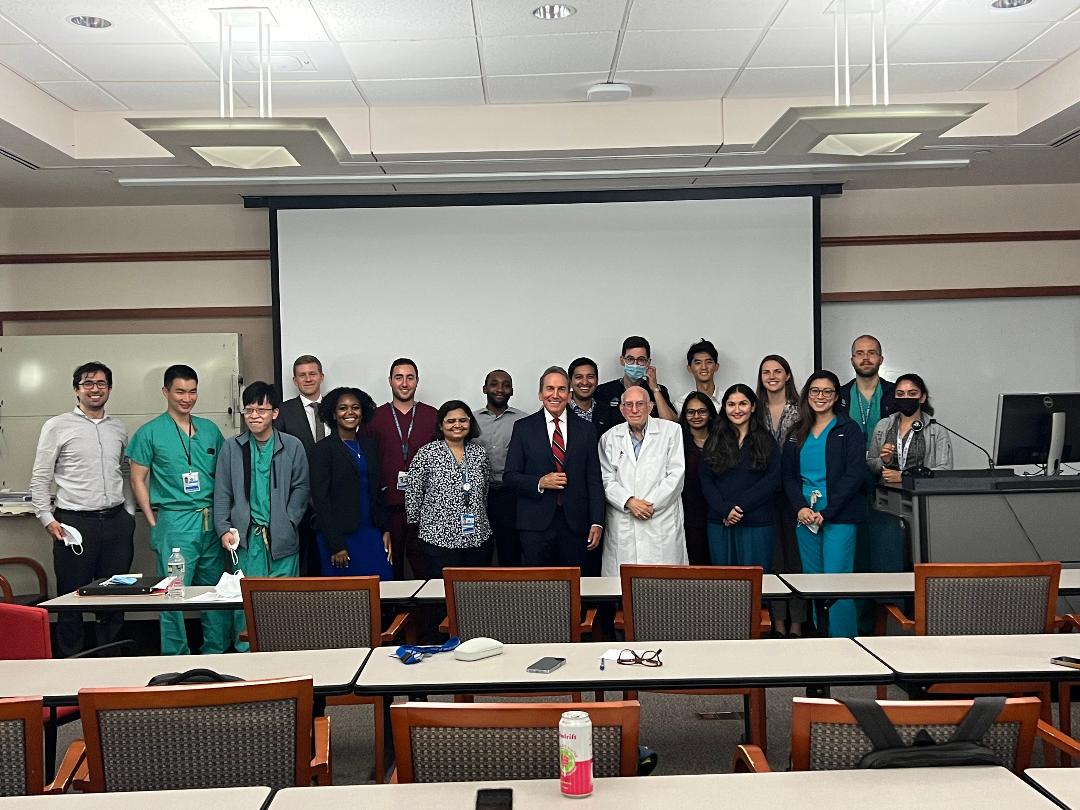Navigating the Intersection of Law, Policy, and Maternal Health: Insights from Assembly Member Rodneyse Bichotte Hermelyn’s Advocacy
 Assembly Member Rodneyse Bichotte Hermelyn was recently interviewed by New York Family. Her advocacy and personal experiences shine a critical light on Maternal Health issues. As birth injury and maternal death attorneys dedicated to the protection and advancement of maternal health rights, we find Rodneyse’s story not only compelling but also deeply instructive.
Assembly Member Rodneyse Bichotte Hermelyn was recently interviewed by New York Family. Her advocacy and personal experiences shine a critical light on Maternal Health issues. As birth injury and maternal death attorneys dedicated to the protection and advancement of maternal health rights, we find Rodneyse’s story not only compelling but also deeply instructive.
Rodneyse Bichotte Hermelyn, serving as the Assemblywoman for New York State’s 42nd Assembly District and the Brooklyn Democratic Chair, has positioned herself at the forefront of the fight against the maternal health crisis affecting minorities. Her efforts are underscored by a painful personal narrative—a pre-term pregnancy loss that highlighted the stark deficiencies in maternal healthcare and communication. This experience catalyzed her commitment to improving maternal healthcare through legislative action, culminating in the enactment of the “Jonah Bichotte Cowan Law.”
 New York Personal Injury Attorneys Blog
New York Personal Injury Attorneys Blog








